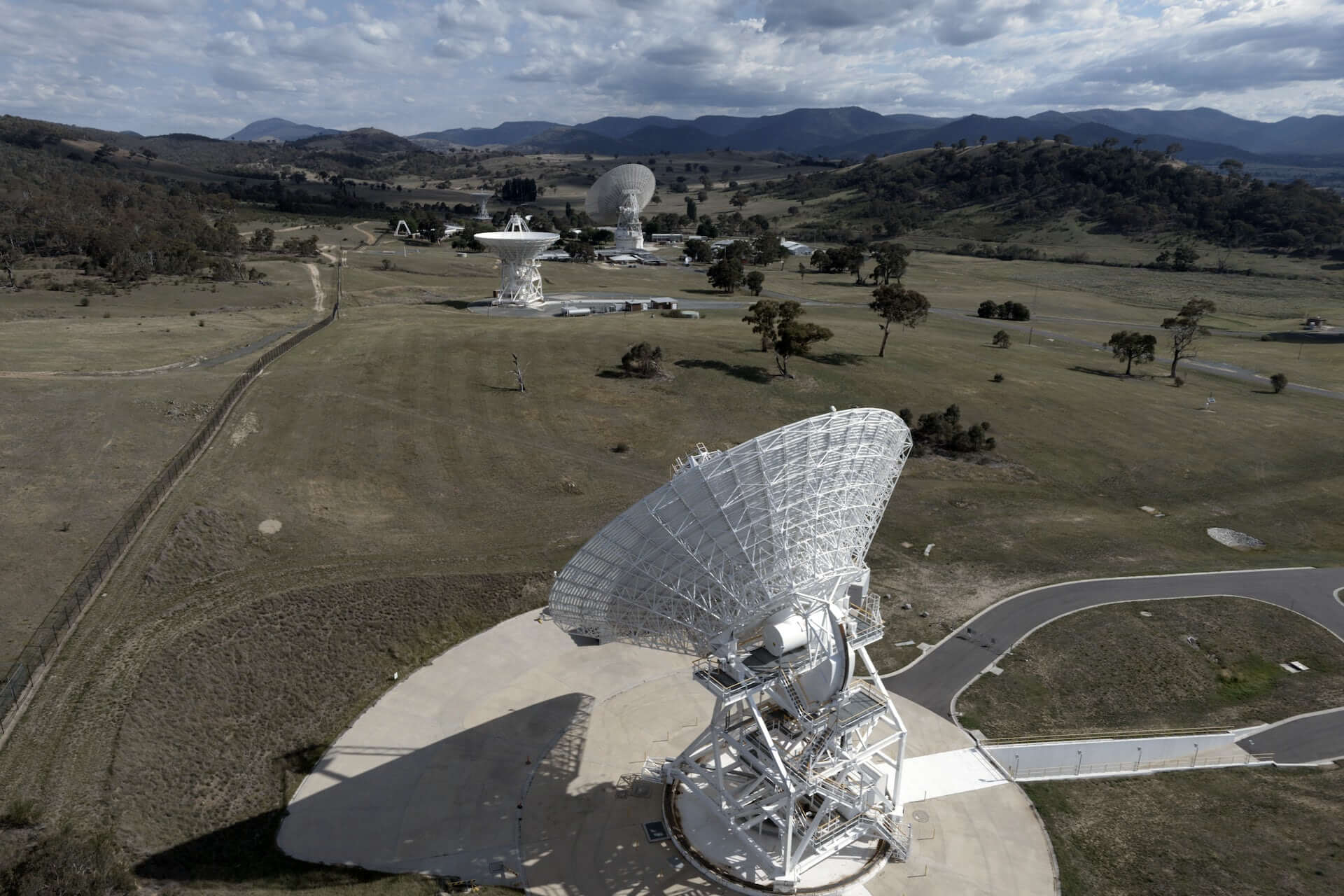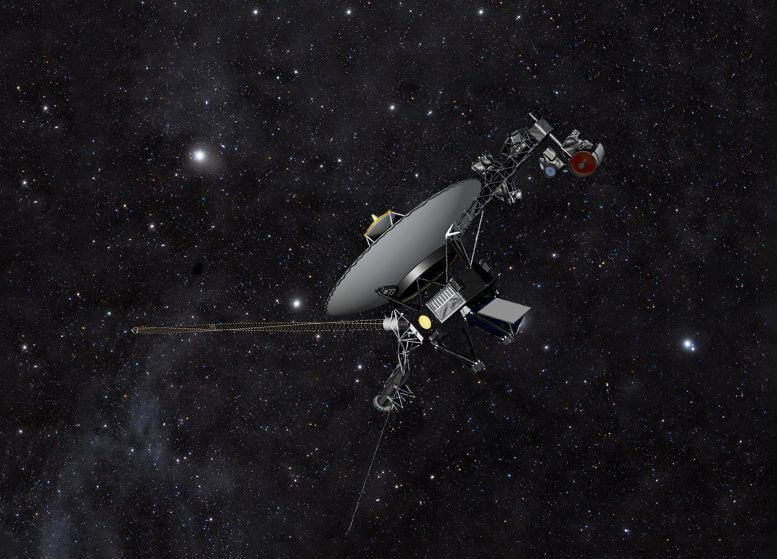A human error in the commands sent to her caused her antenna to tilt at an angle of two degrees from the Earth. The radio antenna engineers of the deep space network in Australia will try to contact her
By Glenn Nagel, Director of Communications, Deep Space Communications Facility, CSIRO

In 1977, five years before ET asked to "call home", two robotic probes began their journey into space.
Almost 46 years later, after exploring the solar system and beyond, one of those probes - Voyager 2 - lost contact with Earth.
All communications with Voyager 2 go through NASA's Deep Space Station 43, a 70-meter diameter radio dish at a facility in Canberra operated by CSIRO.
The connection was lost more than a week ago. After enormous efforts at NASA and here in Canberra, we have located a faint "heartbeat" signal from the probe - and we are confident that we will be able to resume full contact.
through the solar system and beyond
NASA's twin Voyager probes - Voyager 1 and Voyager 2 - were designed to perform a "grand tour" of the solar system, focusing on the gas giants Jupiter, Saturn, Uranus and Neptune.
Throughout the billions of miles of their journeys, Voyagers remained in contact with Earth through the three plates of the Deep Space Network. one in Madrid, Spain; a second in Goldstone, California; and the third in Canberra.
After completing their missions in 1989, Voyager 1 and 2 left our solar system behind and are now exploring interstellar space.
Voyager 1 is now 24 billion km from Earth, and Voyager 2 trails behind at a distance of 20 billion km.
Whispers from space
On July 21, a series of programmed commands sent to Voyager 2 accidentally caused the probe's antenna to point two degrees away from Earth. As a result, the probe is now unable to receive commands or transmit data back to Earth.
Such mishaps are not unusual in space exploration. NASA crews are expert problem solvers, and have a good history of continuing to operate probes long after their original mission has ended.
NASA's science and engineering teams have previously dealt with communication blackouts with Voyager 1 and 2. Their efforts have already extended the life of the probes by 12 years beyond the planned time, so they do not think that the connection with Voyager 2 has been cut off forever.
It is a tremendous achievement that we still have contact with these probes at all, given their enormous distance from Earth and the relative weakness of the signal received through the large radio dishes in Canberra. Even when Voyager 2 is pointed at Earth, its signal already sounds like a whisper from space, billions of times weaker than the power produced by a small watch battery.
Heartbeats at a distance of 20 billion km from the earth
The last time Voyager 2 was out of touch with Earth was in March 2020, when the Canberra radio dish was shut down for a planned 11-month overhaul. In preparation for the shutdown, commands were sent to Voyager 2 to program the probe to continue operations without the need to hear from Earth for an extended period.
Deep Space Antenna 43 in Canberra is the only antenna in the world that can communicate directly with both Voyager probes. Its sister stations in the Northern Hemisphere cannot "see" Voyager 2 because Earth is in the way.
"Since Voyager 2's antenna misalignment, we have been using Deep Space Station 43 to listen carefully for any signal. In the end this effort bore fruit, with the detection of the probe's carrier signal - "heartbeats" indicating that Voyager 2 is still transmitting. Attempts will now be made to transmit commands to Voyager 2 and order it to re-point the antenna towards Earth."
“If these attempts fail, Voyager 2 is already programmed to use the Sun and the bright star Canopus to reorient itself several times each year. The next scheduled reset will occur on October 15th, which should allow for automatic communication renewal.
into interstellar space

The team in Canberra felt a very close connection to this distant passenger. We have been with her every step of her journey so far, and plan to continue to provide mission support as long as the mission continues.
Voyager 2 was launched on August 20, 1977 and arrived at Jupiter in July 1979, several months after Voyager 1. It continued to Saturn for a close pass in 1981, and then passed by Uranus in 1986 and Neptune in August 1989, completing the so-called "tour the big one". To date, she is the only one to have visited the two extreme gas giants of the solar system.
Since both probes were fine, they were given an extended mission to reach the edge of our solar system, where our sun's energy output ends. The Voyagers are now in the "clear air" of interstellar space and can, for the first time, make direct measurements of this environment.
The data they transmitted changes our understanding of the universe. The teams at NASA and here in Canberra are confident that there is more science and discovery to come when Voyager 2 calls home again.

7 תגובות
They have already reconnected.
We have updated the article
"So how was your work today, honey?"
"Bad day. I made a small mistake, I lost Voyager 2."
"Nothing, honey. It's your birthday soon, I'll buy you an iPhone 15"
How long does it take for a signal to reach Earth from Voyager's current position?
It would be possible to send a satellite into space that would reach an angle of 2 degrees from the Earth, and correct its incitement.
There is no earth, the earth is flat and prove it from several directions,
Wow, how much nonsense in one article, I didn't understand how exactly this happens if they have never gone into space
I don't understand why they don't use it.
A satellite that will receive all the communication things that are outside the earth and send it to the earth.